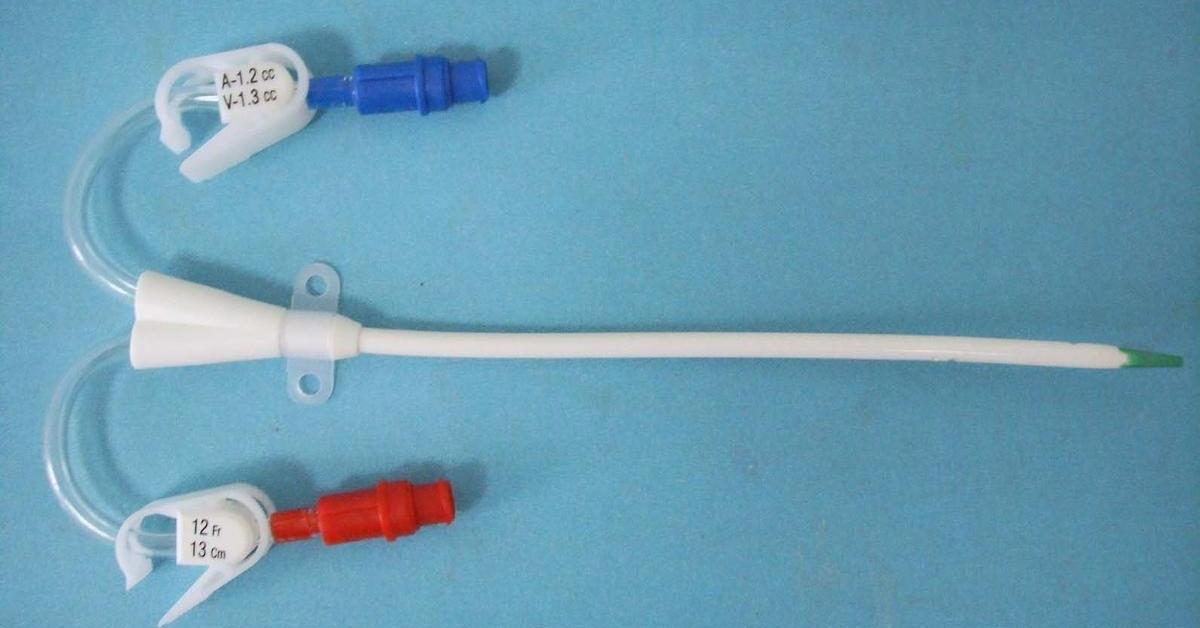Are you curious to know what is a permacath? You have come to the right place as I am going to tell you everything about a permacath in a very simple explanation. Without further discussion let’s begin to know what is a permacath?
In the realm of medical procedures and treatments, vascular access plays a pivotal role in delivering essential therapies to patients requiring long-term or recurrent medical interventions. The Permacath, a specialized catheter, stands as a vital lifeline in providing reliable and sustained vascular access for various medical treatments. In this blog, we’ll explore the essence of Permacath, understanding its purpose, design, and significance in medical care.
What Is A Permacath?
A Permacath, short for “permanent catheter,” is a type of long-term indwelling catheter designed for vascular access, primarily used in medical situations where frequent or extended access to the bloodstream is necessary.
Purpose And Function:
- Vascular Access: The primary function of a Permacath is to provide a reliable and stable route for accessing the bloodstream, allowing for repeated administration of medications, blood products, dialysis, or other medical treatments.
- Long-Term Use: Unlike temporary catheters used for short-term treatments, Permacaths are intended for long-term use, providing durable and sustained access to the vascular system.
Design And Placement:
- Dual-Lumen Design: Permacaths typically feature two lumens or channels within a single catheter, allowing for both infusion and withdrawal of fluids, medications, or blood products.
- Placement: Permacaths are surgically implanted into a large vein, often the jugular vein or the femoral vein, and advanced into the superior vena cava or inferior vena cava, ensuring direct access to the bloodstream.
- External and Internal Components: Permacaths have external segments for connection to medical equipment and internal components that remain within the vein, minimizing the risk of infection.
Significance In Medical Care:
- Hemodialysis: Permacaths are commonly used in patients requiring long-term hemodialysis, providing access for the continuous removal and return of blood during dialysis treatments.
- Chemotherapy and Medication: They also facilitate the administration of chemotherapy, antibiotics, or other medications that require frequent and prolonged access to the vascular system.
- Reduced Venipuncture: By providing a stable and consistent access point, Permacaths minimize the need for repeated venipunctures, reducing discomfort and risks associated with frequent needle insertion.
Let’s find some more interesting facts about different topics on Tallestclub.
Considerations And Care:
- Infection Risk: Due to its long-term placement, there’s an increased risk of infection associated with Permacaths. Proper care and maintenance, including regular flushing and sterile procedures during use, are essential to prevent infections.
- Regular Maintenance: Routine assessment, monitoring, and flushing of Permacaths by healthcare professionals are crucial to ensure their functionality and minimize complications.
Conclusion:
Permacaths stand as integral tools in providing sustained vascular access for patients requiring long-term medical treatments, including hemodialysis, chemotherapy, and prolonged medication administration. Their design and purpose offer a reliable and efficient means of accessing the vascular system, reducing the need for frequent venipunctures and providing a lifeline for patients requiring recurrent medical interventions. Understanding the significance and care considerations associated with Permacaths underscores their critical role in enhancing patient care and ensuring efficient delivery of essential medical therapies.
FAQ
Is A Permacath A Dialysis Catheter?
What is a tunnelled haemodialysis catheter (permcath)? # A haemodialysis catheter is a flexible tube used for dialysis treatment. The catheter is placed into the blood vessel in your neck or upper chest and is threaded to the right side of the heart.
What Is The Difference Between A Port A Cath And A Permacath?
Port-a-cath is an implantable port and sits completely under the skin whereas permcath also sometimes referred to as a permacath is a tunneled dialysis catheter which has an external portion.
What Can You Use A Permacath For?
A Permacath is a catheter, a special IV device, that medical professionals insert into a blood vessel, likely in your neck. Permacaths, aka permanent catheters, allow less interrupted access to your bloodstream over an extended period.
Can You Draw Blood From A Permacath?
Only your care team should use your dialysis catheter to draw blood or to give medications or fluids. If the area around your catheter feels sore or looks red, call your dialysis care team at once. Ask your dialysis team about signs and symptoms that require immediate attention.
I Have Covered All The Following Queries And Topics In The Above Article
What Is A Permacath Used For
What Is A Permacath For Dialysis
What Type Of Catheter Is A Permacath?
What Is A Permacath Tunneled Catheter
Permacath Vs Fistula
Permacath Vs Portacath
Permacath For Dialysis
Permacath Care
Permacath Vs Tunneled Catheter
Permacath Uses
How Long Can A Permacath Stay In
Permacath Complications
What Is A Permacath
